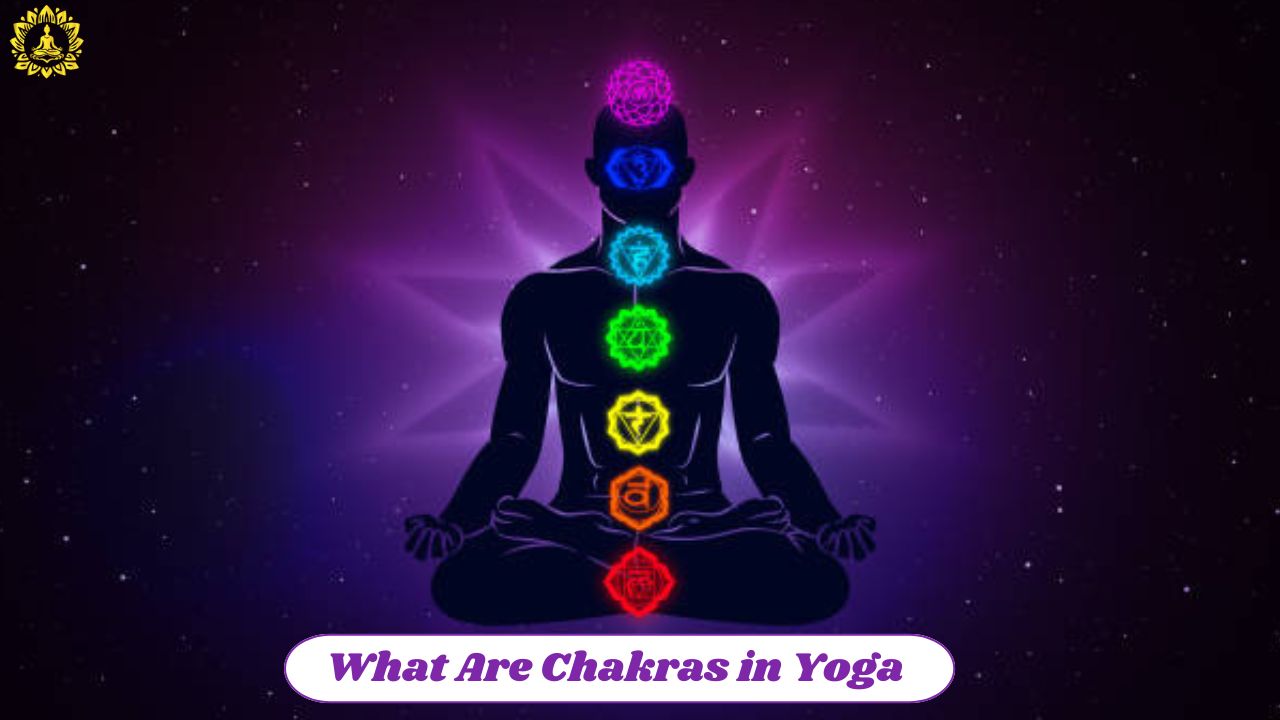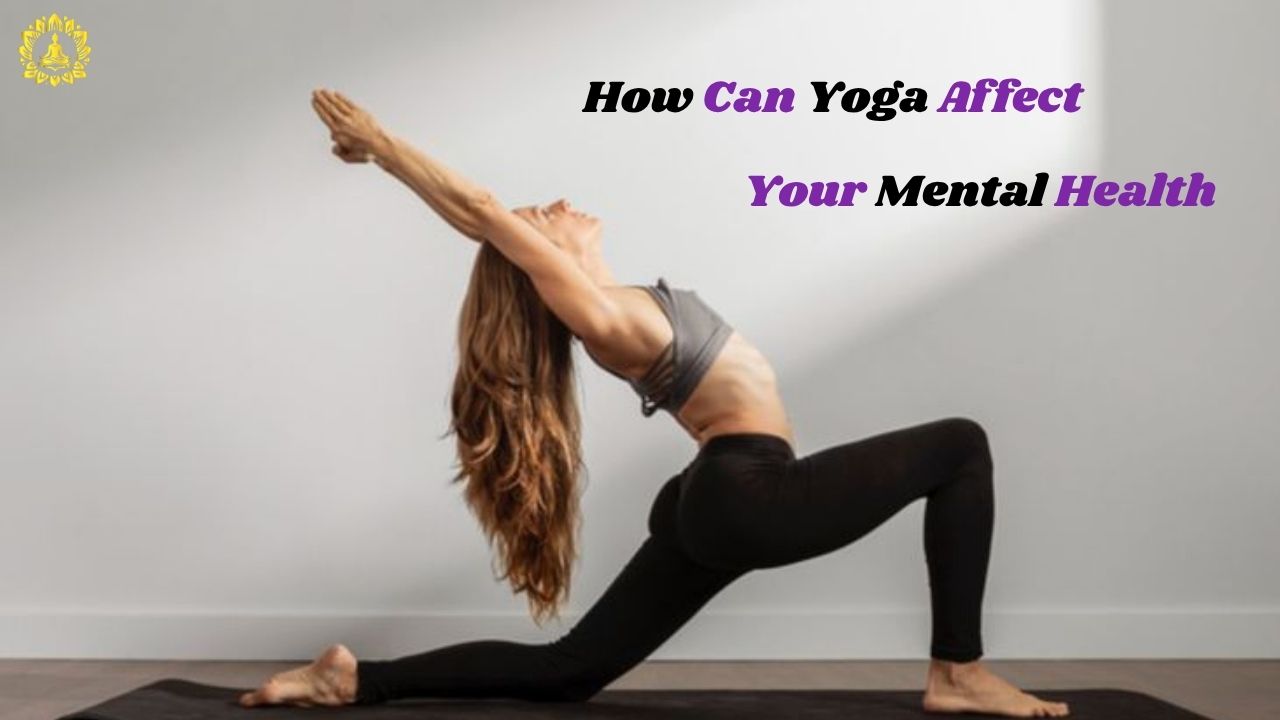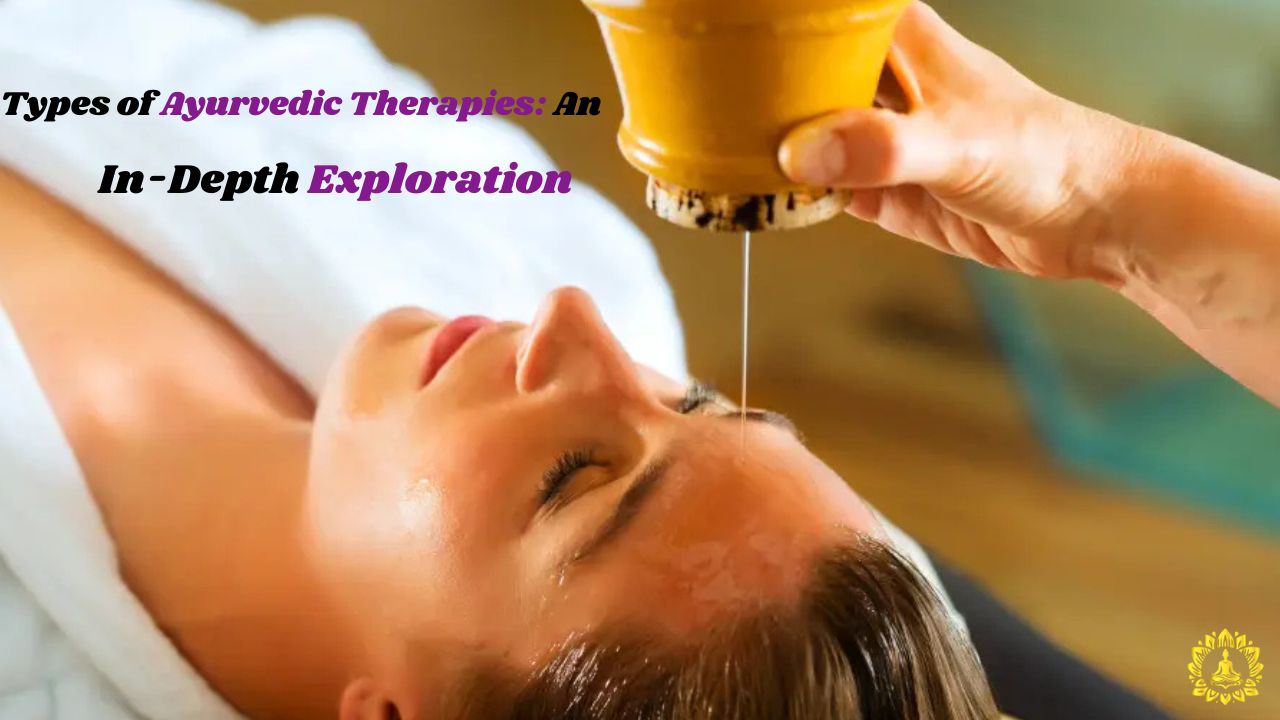Due to busyness, pollution, and an uneven lifestyle, stress and tension are common issues affecting everyone. People of all ages and genders are suffering from depression and anxiety issues. Due to the chaos of the modern world, people are unable to find balance and peace. To counter this situation, people are shifting towards Yoga. Moreover, going in depth of yoga you will find breathing exercises or Pranayama. What Is Prayanama, although it looks simple it has outstanding benefits. It helps in balancing the mental, physical, and spiritual aspects of the human. In other words, it contributes a lot towards the overall well-being of a person.
Not only limited to breathing exercises, but Pranayama is also a life enhancement practice that helps in connecting your all segments. It is very useful in the unification of mind, body, and soul. Pranayama is helpful for every yoga enthusiast irrespective of their age and expertise in the field of yoga. It is well known for transforming your life. A 5-10-minute practice of Pranayama daily can improve your focus, mood, and energy. Also, it shows a balanced and harmonized way to live a happy and disciplined life.
This article tells you about Pranayama and helps in uncovering its benefits and types.

What is Pranayama?
The word Pranayama is made by joining two words from the Sanskrit language, “Prana” and “Ayama”. The meaning of these two words is a force of life or energy of life and control or extend, respectively. Overall, the word Pranayama means to control the vital force of life or Prana. This comes by regulation of breath or breathing exercises or techniques. Controlled breathing always helps in establishing the connection between mind, body, and soul. This will help the vital force or Pranaya, which flows through Nadis, which are energy channels of our body.
Our body faces mental or physical imbalances by blocking these energy channels or Nadis. Thus breathing exercise in a controlled manner helps in restoring the blockages and maintaining the even flow of energy. Recognized as a deep breathing technique, Pranayama involves retention, inhalation, and exhalation. This process is useful in preparing the human for the profound state of meditation and also helps in creating harmony in the body.
The Philosophy Behind Pranayama
Pranayama, according to Patanjali’s Yoga Sutra, is the 4th limb of Ashtanga Yoga. Through the practice of Pranayama, you can create a link between external and internal practices such as yoga, asana, and meditation. The breath control methods are useful in creating a link between the segments of the body. It harmonizes the body and creates calmness and stillness. The daily practice of Pranayama leads to spiritual awakening. The proper regulation of breath helps control your mood. It can help in converting your sad and angry mood into a happy and calm one.
Types of Pranayama
There are various Pranayama types with their benefits, purposes, and techniques. Various Pranayama practices are:
Bellows Breath or Bhastrika
It is a strong and rhythmic breathing technique that involves forceful inhalation and exhalation breathing techniques.
Advantages:
Improves lung capacity
Boosts energy levels
Clears mental fog
Alternate Nostril Breathing or Nadi Shodhana
It is the famous Pranayama technique that involves inhaling and exhaling through one nostril and another nostril in a pattern.
Advantages:-
Reduces anxiety and calms the mind
Purifies energy channels
Balance and harmonize the brain.
Skull Shining Breath or Kapalabhati
Kapalabhati is a dynamic cleansing technique that involves forceful exhales. The exhalation is followed by passive healing.
Advantages:
Enhances concentration
Detoxifies lungs and sinuses
Stimulates digestive organs
Victorious Breath or Ujjayi
This Pranayama type produces a soft oceanic sound by creating a slight constriction in the throat. Breathing is done via the nostrils.
Advantages:
Increases oxygen flow
Enhances concentration
Regulates body temperature
Humming Bee Breath or Bhramari
This type of Pranayama involves breathing exercises by creating the humming sound. This helps in creating calmness in mind.
Advantages:
Improves sleep quality
Relieves tension and frustration
Calms the nervous system
Controlled Alternate Nostril Breathing or Anulom Vilom
It is a very gentle nostril breathing technique with alternate nostril. This type of Pranayama often gets confused with Nadi Shodhana Pranayama.
Advantages:
Improves respiratory function
Reduces stress and anxiety
Promotes mental clarity
Cooling Breaths or Sheetali and Sheetkari
In this type of Pranayama, the inhalation is done via mouth followed by the use of nostrils in exhalation.
Advantages:
Cools down anger
Reduces body heat
Helps with high blood pressure
The Benefits of Practicing Pranayama
– Pranayama is best for reducing anxiety and stress. This is due to the fact that the breathing activity during Pranayama activates the parasympathetic nervous system. This reduces the stress causing hormones (Cortisol). Moreover, it helps in promoting relaxation.
– A person looking for mental clarity and proper concentration must practice Pranayama daily. You can make your mind present, creative, and more focused by continuous breathing exercises. Moreover, your decision power will also increase.

– The controlled breathing exercise, Pranayama is best for the proper functioning of lungs. Also, it helps in providing strength to the muscles of the respiratory system. People suffering from bronchitis, asthma, and any other respiratory condition must do Pranayama daily.
– Pranayama is the best tool that can help them to stay calm and composed. Pranayama helps in regulating hormonal activities and the functioning of the nervous system. This aids you in fighting against depression, stress, and anxiety.
– If you want to improve the quality of sleep you must practice various Pranayama such as Anulom Vilom and Bhramari. Practicing Pranayama before sleeping can help in fighting against insomnia.
– Regular Pranayama practice helps in supporting the process of detoxification, purifying blood supply, and increasing oxygen intake. This helps in boosting the immunity of a person.
– A person who practices Pranayama daily can increase the life span of a person. It reduces chronic disease risk and improves the health of the heart and brain.
– Regular practice of Pranayama helps in connecting the benefits of Meditation and Yoga Asanas. Thus it helps in calming your mind and prepare yourself for the utmost state of meditation.
Read More : 100 Hour Yoga TTC
Safety Tips for Practicing Pranayama
Although Pranayama is safe for everyone, keeping these things in mind can help to multiply its benefits:
– If you are having some health issue, consult your medical expert before starting Pranayama.
– Find a calm and composed space that is free from distraction for Pranayama practice.
– Start your Pranayama practice without eating or atleast 2 hours after food.
– Begin your Pranayama practice with simple techniques such as Nadi Shodhana or Anulom Vilom.
– Stop your practice immediately if you feel any discomfort







